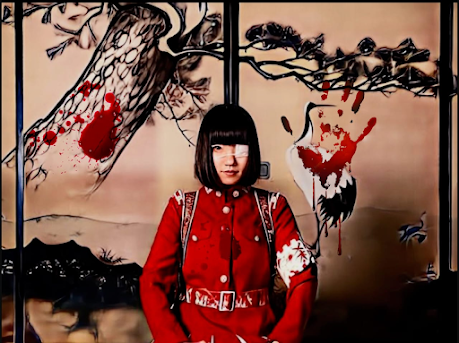The Showa Period: Japan's Past
The Showa period (1926-1989) in Japan stands as a remarkable era marked by its transformative impact on the nation. Spanning over six decades, the Showa period encapsulates a multitude of historical events, cultural shifts, and societal changes. Let's delve into the essence of this period and explore its significance.
Cultural Diversity and Evolution
The Showa period witnessed an intricate blend of tradition and modernity, creating a unique cultural landscape. Traditional Japanese arts, such as tea ceremonies, calligraphy, and ikebana, continued to thrive alongside the emergence of new art forms. The entertainment industry flourished with the rise of cinema, theater, and literature. Iconic figures like Akira Kurosawa and Yukio Mishima left an indelible mark on global cinema and literature.
Socioeconomic Transformations
Japan's journey through the Showa period was not without challenges. The aftermath of World War II led to a period of reconstruction, with the nation rebuilding itself from the ground up. The booming economy during the post-war years brought about a rapid urbanization and industrialization. The once-agrarian society shifted toward becoming a technological powerhouse, giving birth to brands like Sony, Toyota, and Panasonic.
Political Dynamics and Global Relations
From a political standpoint, the Showa period was marked by moments of turbulence and transformation. The era saw Japan's involvement in World War II, the subsequent American occupation, and the drafting of the post-war constitution. Emperor Hirohito's symbolic shift from a divine figure to a constitutional monarch represented a fundamental change in the nation's political landscape. Japan's alliance with the United States also played a pivotal role in shaping its geopolitical stance.
Cultural Icons and Milestones
The Showa period saw the hosting of the 1964 Tokyo Olympics, an event that showcased Japan's ability to blend tradition with modernity on the global stage. It also witnessed the birth of popular cultural phenomena such as manga and anime. Characters like Astro Boy and Sailor Moon gained international acclaim, shaping a global perception of Japanese pop culture.
Legacy and Remembrance
The Showa period's influence extends to the present day, as its impact continues to shape contemporary Japan. The struggles, achievements, and transformations of this era have contributed to the nation's resilience and growth. Museums, exhibitions, and historical sites serve as reminders of this period, allowing both locals and visitors to connect with Japan's rich history.
As we reflect on Japan's Showa period, we are reminded of the profound journey this nation undertook. The amalgamation of tradition and progress, challenges and triumphs, sets a compelling example for the world to learn from.
In conclusion, the Showa period stands as a testament to Japan's ability to navigate through adversity and emerge as a global powerhouse. Its rich cultural tapestry, socioeconomic growth, and evolving political dynamics have left an enduring legacy that continues to shape the nation's identity. By exploring the past, we gain valuable insights into the present and a brighter future.




Comments
Post a Comment